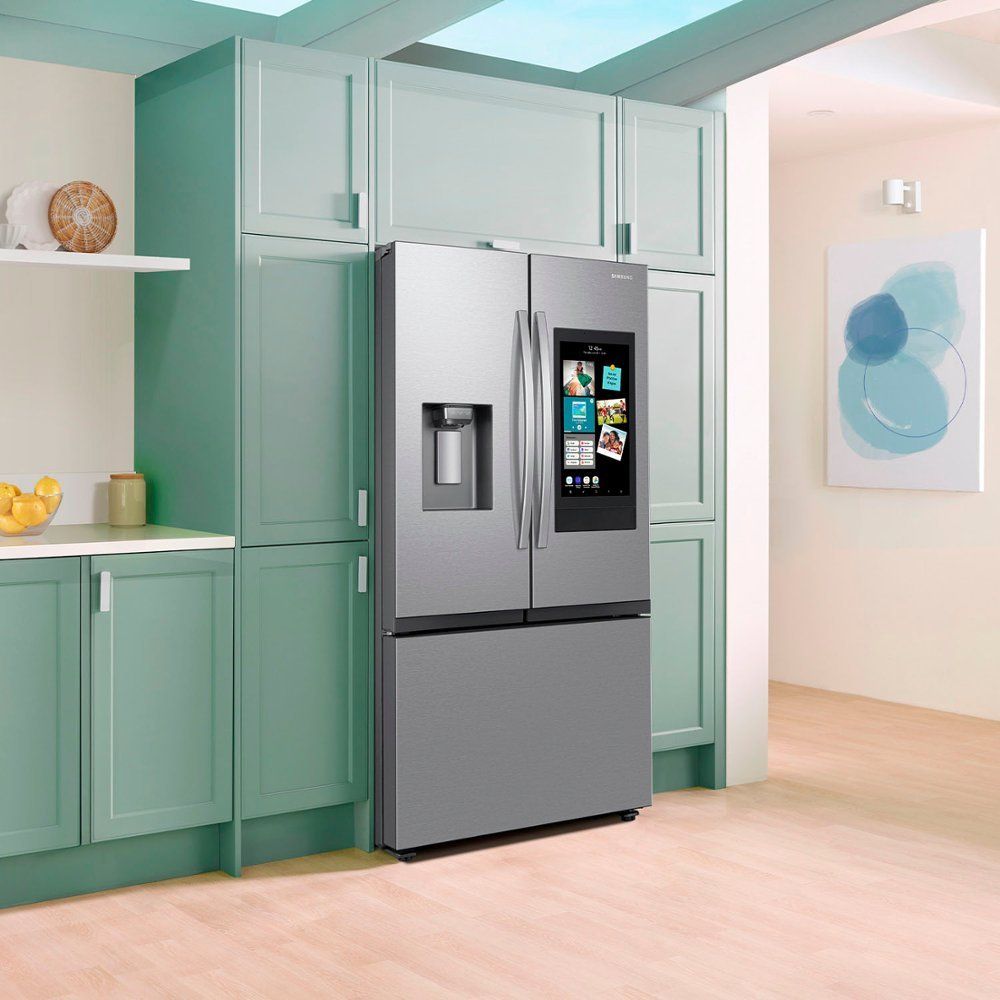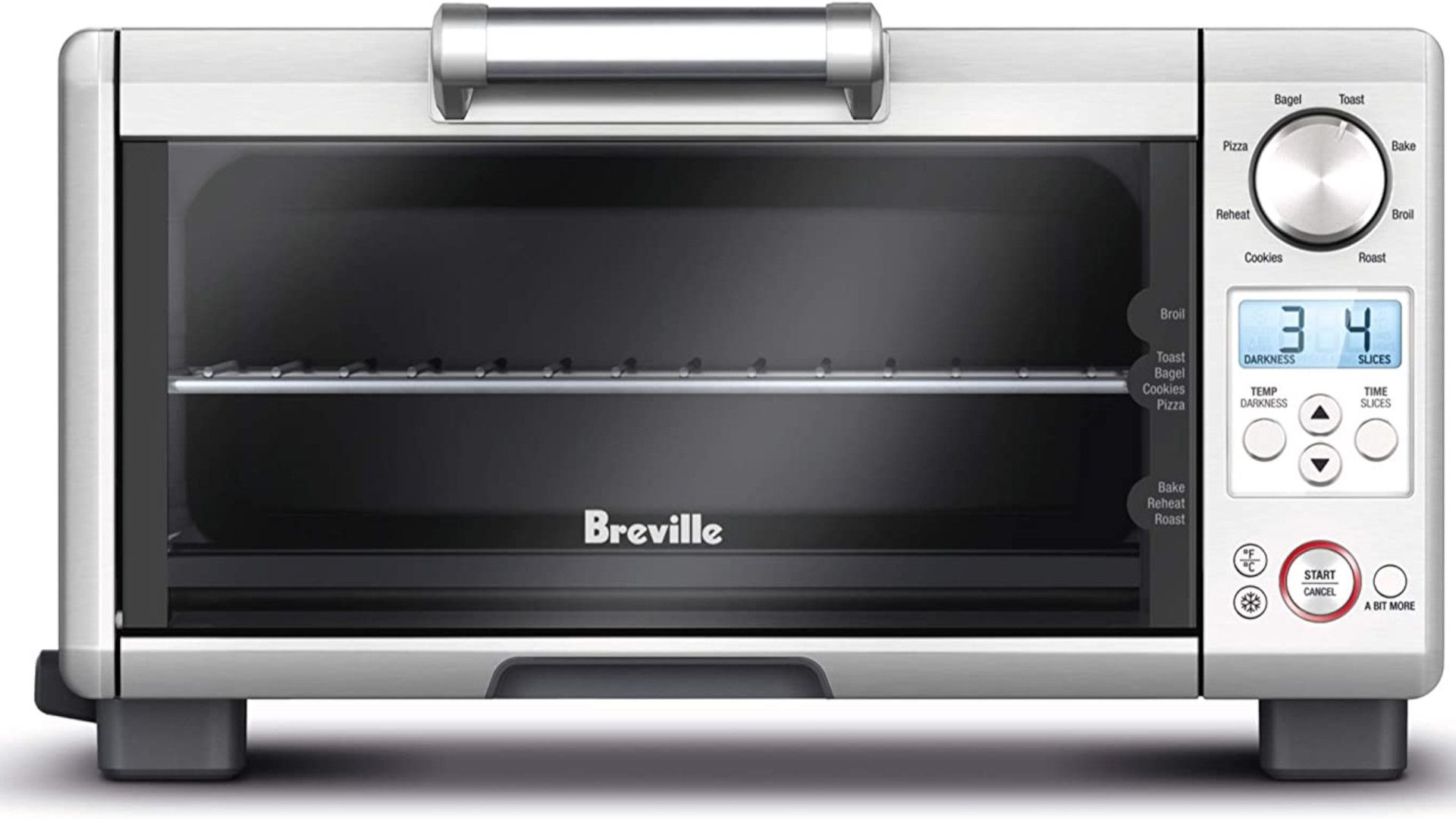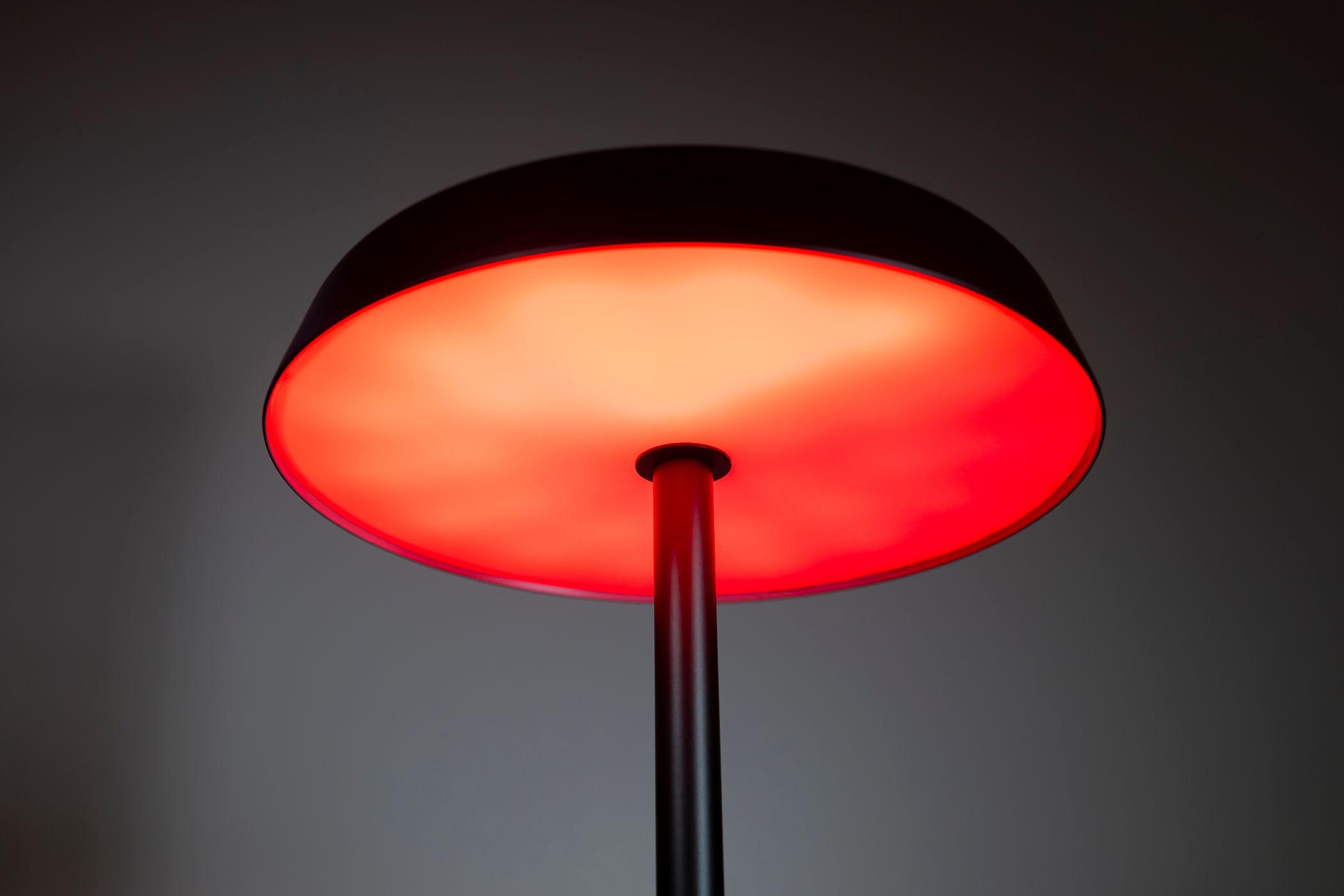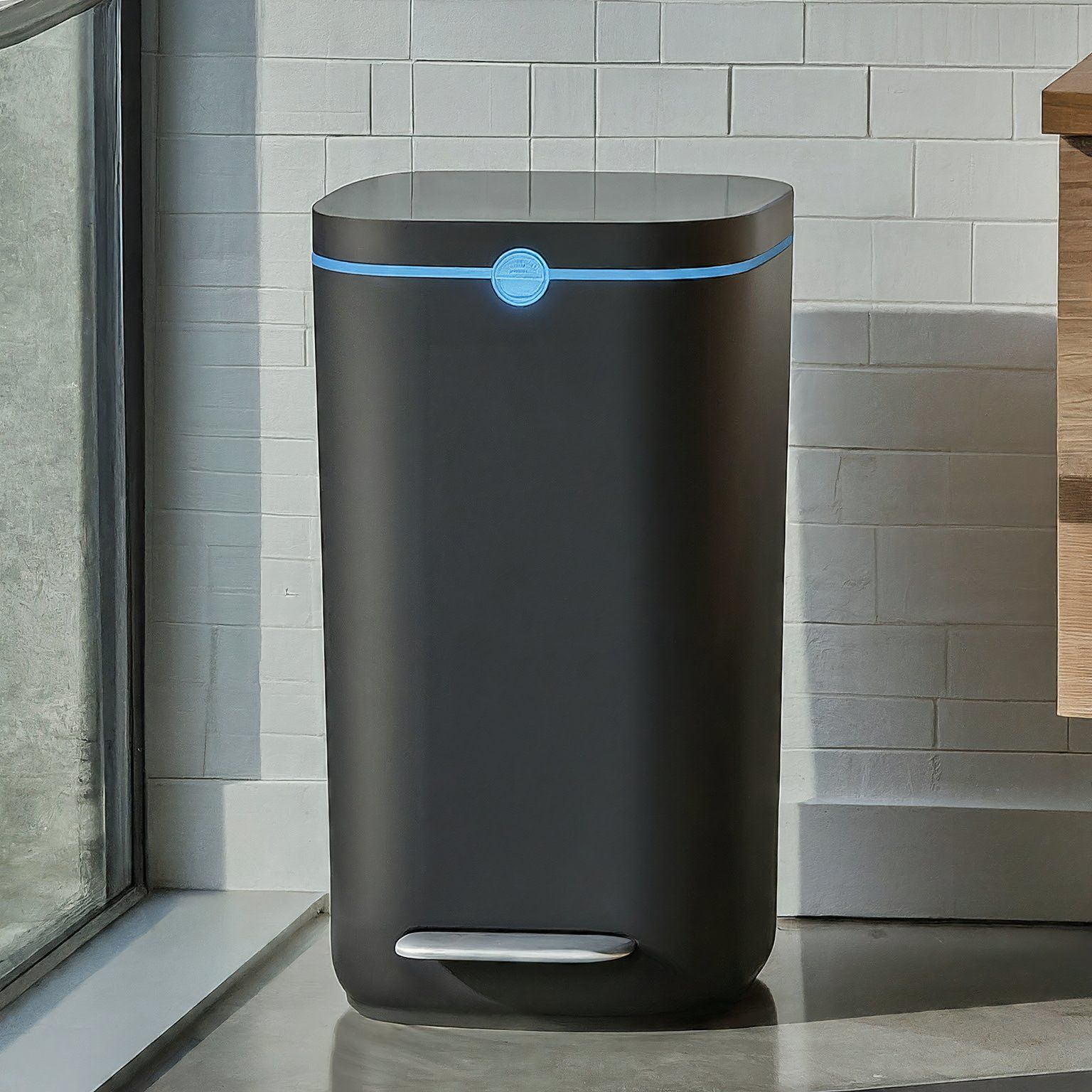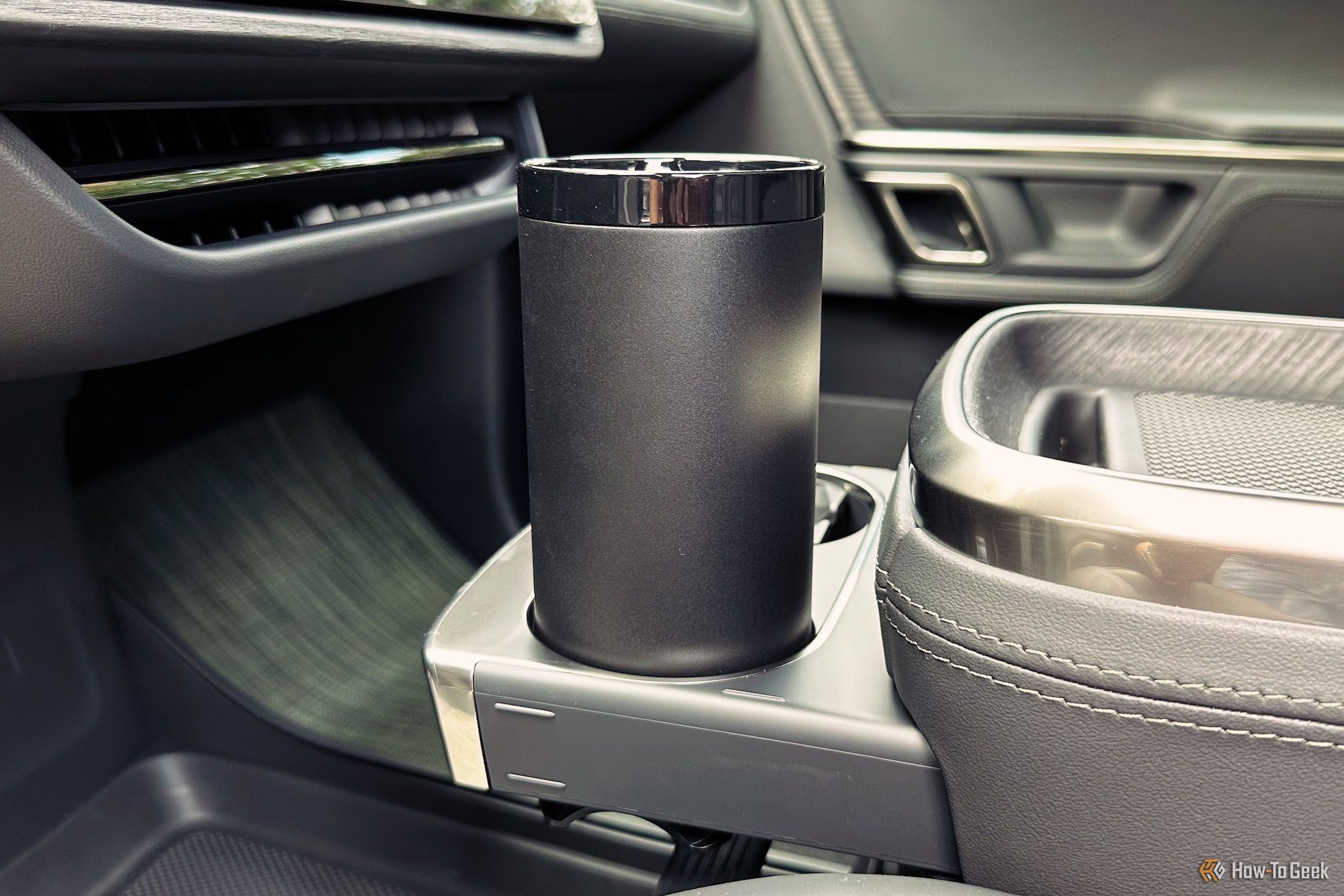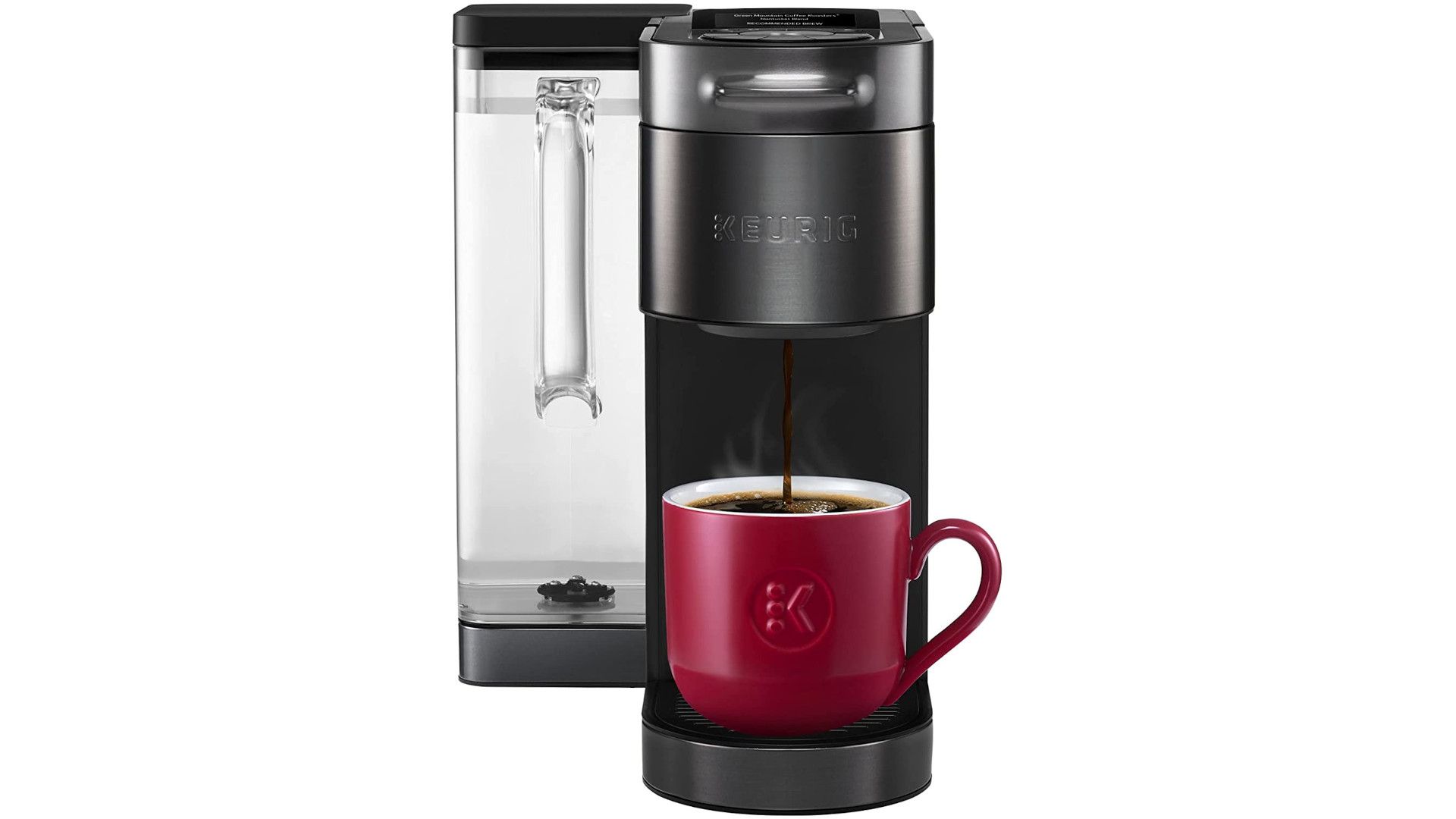Smart gadgets and appliances are supposed to make our lives simpler, but manufacturers keep slapping the “smart” label on every device imaginable. Not all of these devices are worthy of your hard-earned money, and some raise some big privacy and security concerns. Here are my personal pet peeves.
1 Smart Fridges
Smart fridges sound promising and exciting. You can see a fridge’s contents while out shopping via the app, activate the ice maker, set up advanced temperature control over the different zones, and interact with the OS (usually Android) via a large tablet-like interface.
However, what we have today often falls short of our expectations, and the promised features either don’t work as intended or simply aren’t necessary. For instance, it’s infinitely better, cheaper, and more convenient to use an old tablet in the kitchen than an awkwardly placed fridge screen. More importantly, smart fridges cost way too much money because of the extra tech and the premium that manufacturers charge for the pleasure.
Although the prices of smart fridges have decreased, they still cost about $500–$1,000 more, depending on the brand and smart additions. For instance, this Whirlpool fridge (WRF535SWHZ) is currently on sale for $1,599.99, whereas an identical smart version (WRFF3236RZ) is $2,399.99. Granted, the MSRP for the dumb fridge is $2,159.99, but that’s still a difference of $240 for a very minor upgrade.
Worse yet, smart fridges have a serious issue with firmware. New smart fridges come out all the time, so it’s only a matter of time before your massive tablet stops receiving updates. When half the apps and features eventually stop working, all you’ll have is a glitchy overpriced dumb fridge. If the smart fridge has cameras, and if it learns about your shopping habits, it could pose a security and privacy risk if a hacker gains access to your IoT network.
The way things stand currently, smart fridges are rarely worth buying. Unfortunately, some brands, like Samsung, have ditched dumb appliances altogether. If you want a dumb Samsung fridge, you’ll have to get an older model or a second-hand fridge.
2 Smart Kids Toys
We love tech-oriented gifts for kids at How-To Geek, but we’re not big fans of toys with unmonitored internet access. These unassuming devices pose a threat to privacy should access to the toy fall into nefarious hands. Some smart toys have cameras and microphones that hackers could use, and the aftermath won’t look anything like Toy Story. We’re not yet talking M3GAN levels of interactivity, but you never know…
Even if hackers don’t get real-time access to spy on your child, there’s evidence that these toys collect data that can get mishandled and abused. I don’t even want to mention the horrors that can happen. If you’re a parent, please do your due diligence and be cautious when buying tech-oriented gifts for your kids. Steer clear of toys with microphones, cameras, Bluetooth, and Wi-Fi.
3 Smart Ovens and Toasters
Adding smart functionality to ovens and toasters isn’t as bad of an offense as the near-ubiquotus use of capacitive touch buttons. However, other than being able to turn the oven off remotely, I don’t see the point of adding yet another Wi-Fi-enabled device that robs you of your privacy.
Smart ovens promise to make you a perfect pizza, roast chicken, and chuck roast, but there are too many factors at play to realize these claims. Factors like the thickness of the meat or dough, water content, other ingredients, brines and sauces, and so on all make a difference.
It’s why I stopped using those special food programs on regular ovens. It’s better to rely on a good old timer, your senses, experience, and real smart tech like a meat thermometer to make the perfect dish.

MEATER Plus Smart Meat Thermometer
Now you can check on your brisket remotely while bragging to your neighbor about checking on your brisket remotely.
Plus, smart ovens cost significantly more than regular ovens, yet they offer little value in return. For instance, the Breville Air Fryer Pro currently costs $379.95 on Amazon, while a similar oven, the Emeril Lagasse Air Fryer, only costs $189.99.
Smart toasters make even less sense to me. A good toaster only costs about $20 and can make perfect toast and strudel in just a couple of minutes. There’s no way I’m spending $300 on a smart toaster that uses sensors to determine when my toast is perfectly golden. It’s only a matter of time before the sensors malfunction and burn my bread or, worse, my house. The same could happen with a smart oven, as it can be turned on remotely.
4 Smart Lamps
A smart outdoor lamp is one of the few smart devices I use daily, and I don’t like it. It has an RGB mode and a warm white mode, but I can’t enable the warm white mode through Alexa or Google Assistant. Instead, I have to use a horrible app that doesn’t work half the time.
It’s a Wi-Fi-enabled outdoor lamp without Bluetooth, so I have to be near my router to change the color, as the only physical button on the lamp is used to turn it on and off. If I want to take it on a camping trip, I’ll have to reset the device and connect it to my phone via a hotspot, so I just leave it at home.
You could say my taste in smart lamps is questionable, and that’s a fair call. But I’d counter that by saying that if you want a smart lamp, just buy a regular lamp and a good smart bulb. It’s much cheaper and more configurable, and once the light fails, you can just replace the bulb instead of having to throw out the whole lamp.
You could also use a smart plug or power outlet to upgrade your existing lamps and other dumb appliances.
5 Smart Trash Cans
Smart trash cans feel like novelty items. I’m not entirely sure what problem they’re supposed to solve. Those that have motion-sensing lids look like they’d be a fun party trick, but if they fail, or the batteries run out of juice, you’re left with a manually operated trash can that you have to open with your hands, either by lifting the lid up or by pressing a button.
Thus, your smart trash can becomes a very expensive regular trash can. Trash cans with foot pedals are infinitely more durable and can potentially open more quickly.
Self-changing models can seal and replace the bag for you, but you still have to take the bag out manually to throw it out. Replacing the bag in a normal trash can really isn’t that big of a deal. These futuristic trash cans cost a lot of money (over $100), plus you might have to spend extra on their proprietary bags in order for the self-sealing system to work correctly.
I’d only consider getting a smart trash can with an automatic lid if it’s a well-built trash can with a reliable foot pedal, independent of the smart features. However, I’m not sure such a trash can exists, at least not at a reasonable price point.
6 Smart Water Bottles
Tumbler fits in the Rivian R1S’s cup holder
The entire point of an insulated tumbler is to keep your drink cool or hot for extended periods. I own a couple of stainless steel tumblers, and both can hold the temperature for 4–5 hours, which is honestly way longer than I’d ever need. Regular tumblers cost like $15, like the Ozark Trail. Now compare that to the Ember Tumbler, which costs $199.99.
The reason why the Ember costs so much is that it has a heating system that can keep your drink at an exact temperature for several hours, but it’s hardly more useful than a non-smart tumbler. It also has exceptional build quality, but I still can’t justify its extreme price tag.
The other type of smart water bottle that you might encounter are those that have temperature sensors and displays on the lid, which isn’t particularly helpful. Some models detect when you haven’t taken a sip in a while, so they remind you with a push notification or LEDs to drink. I’m not so sure I want yet another notification telling me to do something every hour or so.
7 Smart Coffee Maker
Smart coffee makers require you to pre-fill the machine with ground coffee or a pod, and you can then use the app to brew the coffee. Alternatively, you can set up a timer to do the same. Grabbing a hot cup of coffee the moment you wake up without having to do anything sounds convenient, but all you’re really doing is moving the 30-second prep work to an earlier time. You still have to do all the work and clean the machine afterward.
If you use freshly ground coffee, a lot of the aroma will disintegrate overnight, so you’re left with an inferior cup. Also, the same arguments that work against smart devices apply to coffee makers—they cost more money, pose a security risk, and are prone to more issues. They also limit how much control you have over the end result.
While many smart home devices make sense and are worth the investment, those listed above don’t make a lot of sense to me. Many can be replaced with a simple smart plug or power outlet, which are excellent beginner-friendly devices if you want to get into home automation.
Other devices that make for a smart purchase include light switches, sensors, thermostats, and doorbells. You can start with one room and work your way up to create a smart home that actually makes sense.


